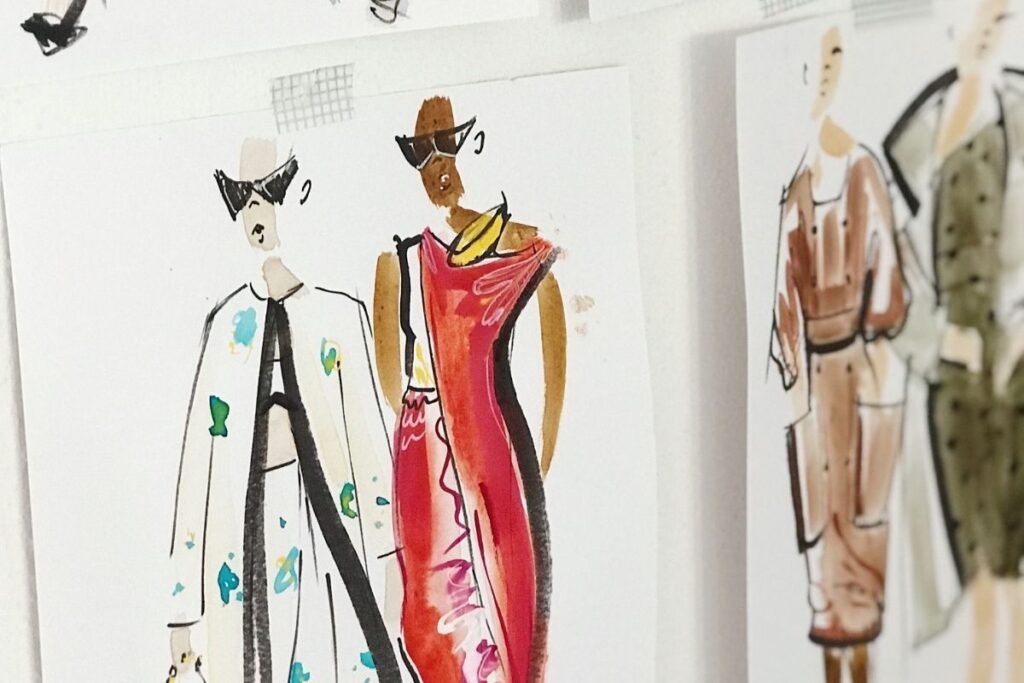Costing your fashion product usually involves a few components. As a merchandiser, you may have 10 styles and want to have a certain markup. If you’re selling within your own stores, you usually want at least a 75 to 85 percent internal markup. If you want to retail a jacket for $695, you need to then back it up and already know that your landed cost needs to be 20 percent of that to get your 80 percent markup.
If the coat designer wants beautiful satin made in Italy, your cost of goods will increase. Generally, when you’re looking at cost of goods and cost on the item, around 70 percent is the raw materials. In your fashion business, you must think about the actual materials – the thread, the trim, the buttons.
If you are going to get your desired 75 or 80 percent margin, this coat is going to be $1,500 versus the $695 you wanted. You’ll then have to go back to the design team since the market and your brand can’t retail this high. The cost value is not there, so you’re going to see where you can cut costs using fashion education and sourcing. Can you counter source a material in another country that looks and feels the same? Can you take a few pockets off to lower the cost?
The second component of costing is having a loss leader. A loss leader is the one item that’s the showstopper, the most fashionable piece. You need this piece to draw interest to the collection, although you’re getting a lower margin, possibly a 40 to 50 percent margin. You’re going to make fewer units, but the other styles have higher margins. Many fashion brands use this blended costing because ultimately it’s the blended total that makes a difference.




